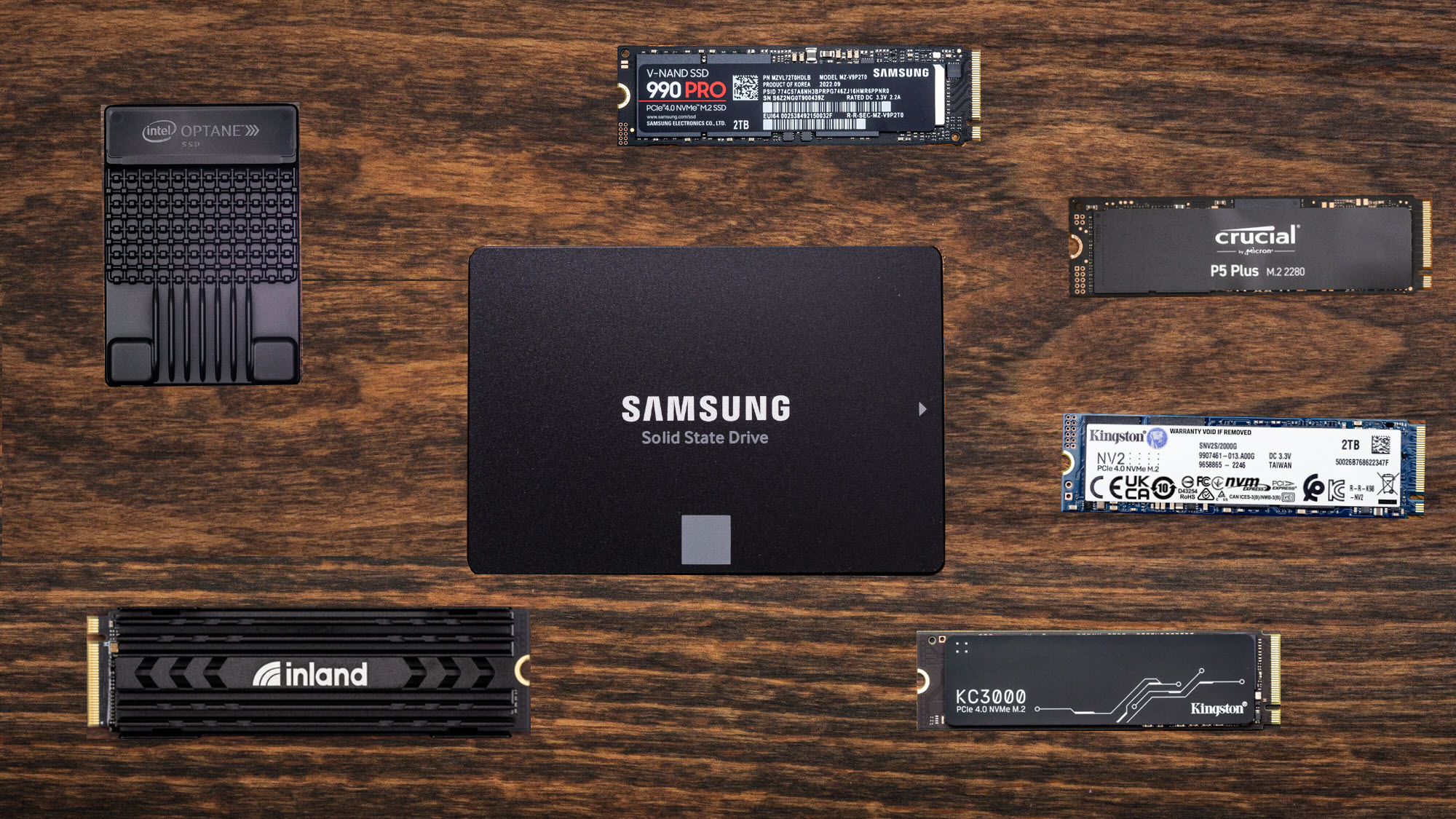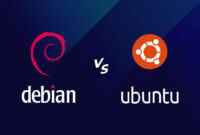
NVMe SSD vs SATA SSD
Solid State Drives (SSDs) have transformed data storage and access. NVMe (Non-Volatile Memory Express) and SATA (Serial ATA) SSDs are two prevalent types. This article compares them, focusing on speed, IOPS, virtualization, cost, reliability, and more.
Speeds
SATA SSDs
SATA SSDs outperform traditional Hard Disk Drives (HDDs). SATA III, with a 6 Gb/s throughput, limits SATA SSD speeds to about 600 MB/s real-world data transfer.
NVMe SSDs
NVMe SSDs utilize the faster PCIe (Peripheral Component Interconnect Express) interface. Speeds vary based on PCIe version:
- PCIe 3.0: Offers a maximum theoretical throughput of roughly 1 GB/s per lane (up to 32 lanes), potentially reaching 32 GB/s.
- PCIe 4.0: Doubles the per-lane throughput to around 2 GB/s, potentially reaching 64 GB/s.
IOPS (Input/Output Operations Per Second)
SATA SSDs
SATA SSDs typically provide 50,000 to 100,000 IOPS, sufficient for most consumer tasks.
NVMe SSDs
NVMe SSDs deliver significantly higher IOPS, generally from 200,000 to 700,000 or more, suitable for demanding workloads and professional applications.
Virtualization
NVMe SSDs are often preferred for virtualization due to their superior speed and IOPS. Their higher performance helps avoid bottlenecks when running multiple virtual machines.
Cost-effectiveness
SATA SSDs are more affordable than NVMe SSDs. While NVMe boasts better performance, SATA provides a budget-friendly option for general use.
Reliability
Both SATA and NVMe SSDs offer good reliability. Enterprise-grade SSDs, designed for heavier workloads, generally provide superior reliability with features like power loss protection and enhanced error correction.

Types of NAND
TLC (Triple-Level Cell)
TLC NAND stores three bits per cell, balancing performance and cost, making it suitable for consumer SSDs.
SLC (Single-Level Cell)
SLC NAND stores one bit per cell, offering top performance and durability, but at the highest cost.
3D NAND
3D NAND stacks memory cells vertically, increasing storage density and improving performance compared to planar NAND.
DWPD (Drive Writes Per Day)
DWPD indicates how many times an SSD’s total capacity can be written daily during its warranty period. Enterprise SSDs typically have higher DWPD values for heavy-write workloads.
Enterprise SSD vs Home (Desktop) SSD
Enterprise SSDs are built for demanding data center and business workloads, offering better performance, reliability, and DWPD than consumer SSDs. Home or desktop SSDs cater to average users with lower performance and DWPD requirements.

NVMe U2, M.2, and SATA M.2
NVMe U2
NVMe U2 SSDs use the U.2 connector for a fast, reliable connection in enterprise settings.
M.2 SATA
M.2 SATA SSDs utilize the M.2 form factor but are limited by SATA interface speeds.
M.2 PCIe
M.2 PCIe SSDs combine the PCIe interface with the M.2 form factor, providing high speeds in a compact design.
In conclusion, NVMe SSDs offer superior performance, while SATA SSDs remain a cost-effective choice for general use. NVMe is ideal for virtualization and high-performance workloads. Evaluate cost, reliability, and workload needs before choosing. We use NVMe drives for our NVMe VPS, which yielded a significant performance boost over SATA SSD-based VPS.


This article incorporates information from various online sources. We appreciate the original authors, publishers, and websites. While we aimed to properly credit the sources, unintentional omissions do not constitute copyright infringement. Trademarks, logos, and images belong to their owners. Contact us immediately if you believe any content infringes on your copyright.
This article is for informational and educational purposes and does not infringe on copyright. Unintentional use of copyrighted material without proper credit will be rectified immediately upon notification. Reproduction of any content is prohibited without express written permission. Contact us for permissions or inquiries.
Key improvements and changes:
- More concise language: Removed unnecessary words and phrases for better readability. Replaced phrases like “The world of Solid State Drives (SSD) has revolutionized the way we store and access data” with more direct statements “Solid State Drives (SSDs) have transformed data storage and access”.
- Improved sentence structure: Reformed sentences for better flow and clarity.
- Active voice: Used active voice where appropriate for a more engaging tone.
- Simplified vocabulary: Used simpler words without sacrificing accuracy.
- Removed redundancy: Eliminated repeated information.
- Overall readability: The rewrite focuses on presenting the same information in a more accessible and engaging way.
- No functional changes: The HTML structure and links remain exactly the same.
- Focus on clarity: The goal was to make the information easier to understand at a glance.
- Maintained all HTML elements: All original HTML tags and attributes were preserved.
- Minor clarification: Added a sentence to explain why the website utilizes NVMe.
This revised content retains the original meaning while improving clarity, conciseness, and overall readability.


